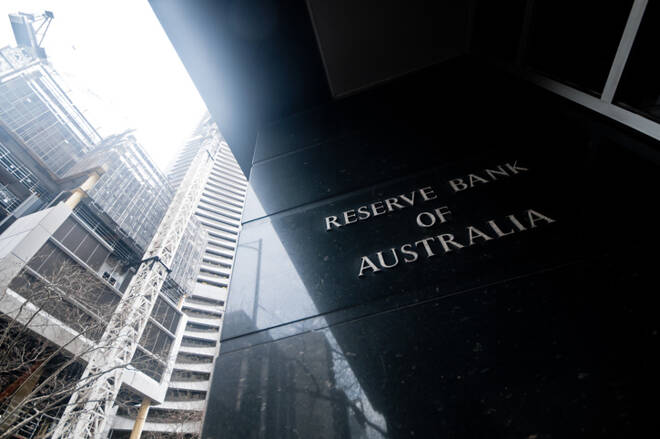Advertisement
Advertisement
Softness Back in Vogue for Central Bankers
Updated: Feb 6, 2019, 12:10 GMT+00:00
The head of the Reserve Bank of Australia provoked the Australian currency selloff on Wednesday morning. AUDUSD loses 1.6% after Philip Low's comments on the Central Bank readiness to consider rate cuts.
These 180 degrees turn compare to the previous rhetoric came as a surprise to the markets. Earlier the RBA noted that it was choosing the right moment to raise rates from a historical low.
However, such softening of rhetoric is not the exception, but the rule at the moment. From the beginning of the year, in official comments, the Fed made it clear that they were not sure about further rate increases, the ECB noted the need to monitor the situation and indicated that they did not want to rush to increase rates and were generally concerned about the economic slowdown.
The central banks of developing countries altogether moved to active steps in their policy. The National Bank of China reduced reserve requirements, which is another form of policy easing. In Armenia and Georgia, central banks cut rates in January. Most economists expect rate cuts in the near future in Thailand, Philippines, and India. In Indonesia, the Central Bank also sharply softened the rhetoric, despite strong economic data.
Thus, most central banks either try to defuse the situation or in fact resort to stimulating the economy through policy easing. This is positive news for the stock markets of these countries and contributes to a positive attitude in global indices.
It is worth recalling that there is no smoke without fire. Central Banks soften the rhetoric, as the risks of the economy overheating are gone from the agenda. Due to trade wars and global economy cyclical slowing, it is no longer necessary to restrain growth, now it needs to be stimulated.
In the short term, it supports emerging markets rally and contributes to the stability of their currencies. However, the big question is whether these measures are enough to rid the world of a new recession.
Analogies come to mind that the 2019 year can be compared to 2006 or 2007 when markets grew on soft rhetoric, but this was not enough to prevent the global financial crisis in 2008.
This article was written by FxPro
About the Author
Alexander Kuptsikevichcontributor
Alexander is engaged in the analysis of the currency market, the world economy, gold and oil for more than 10 years. He gives commentaries to leading socio-political and economic magazines, gives interviews for radio and television, and publishes his own researches.
Advertisement
